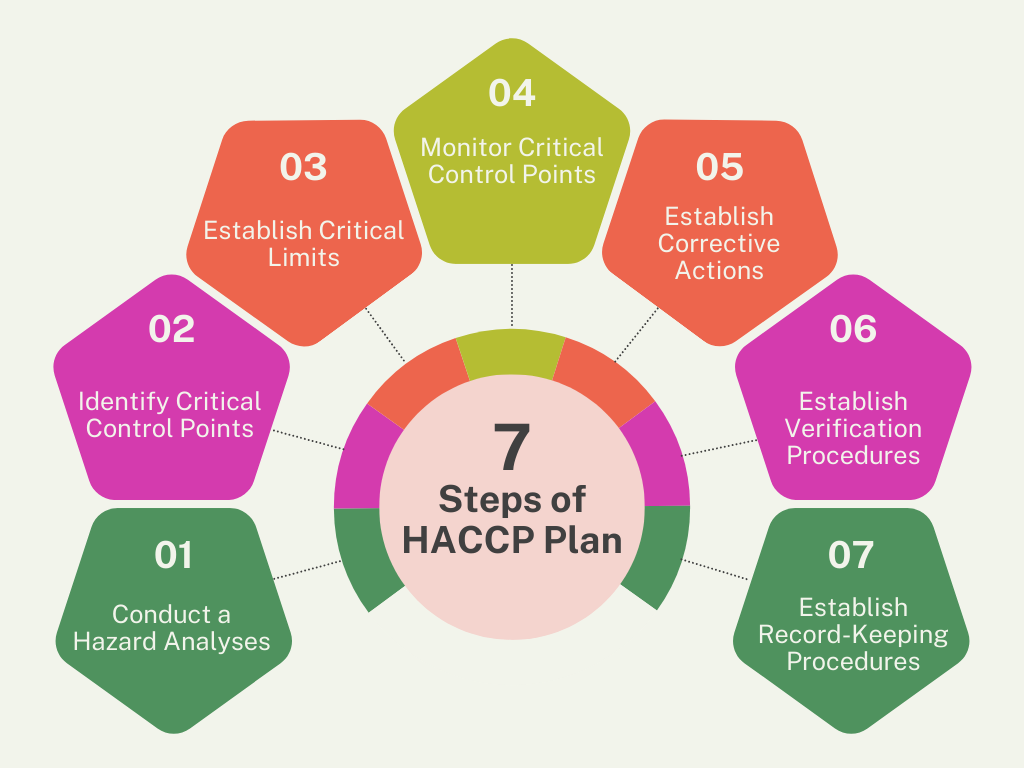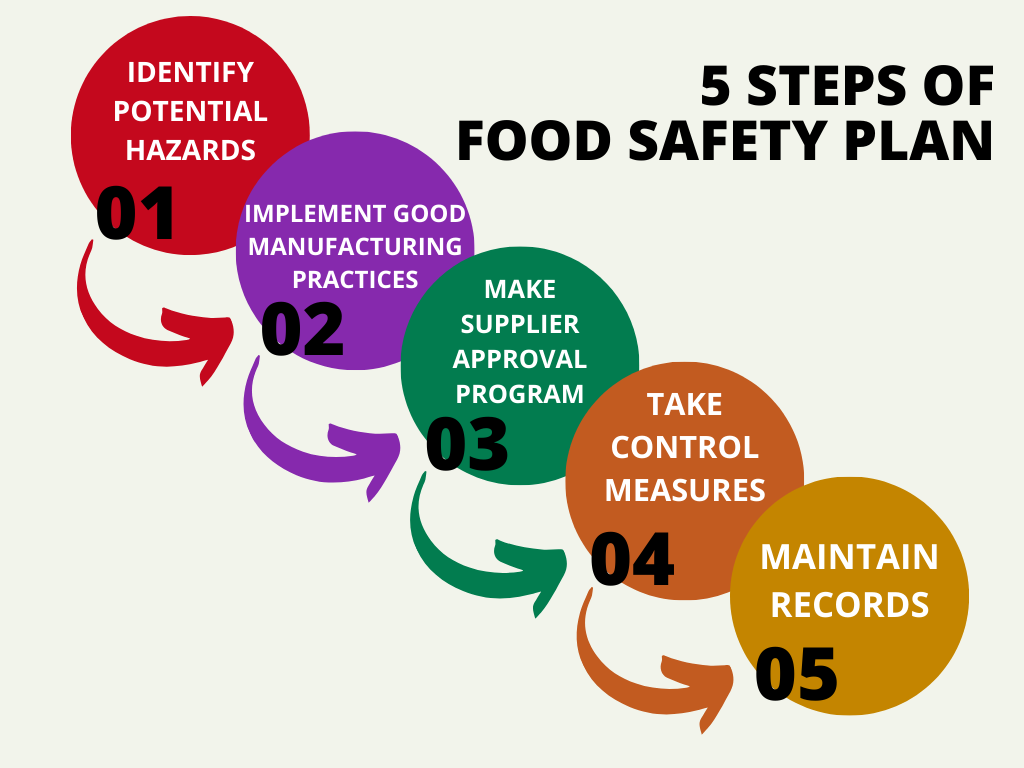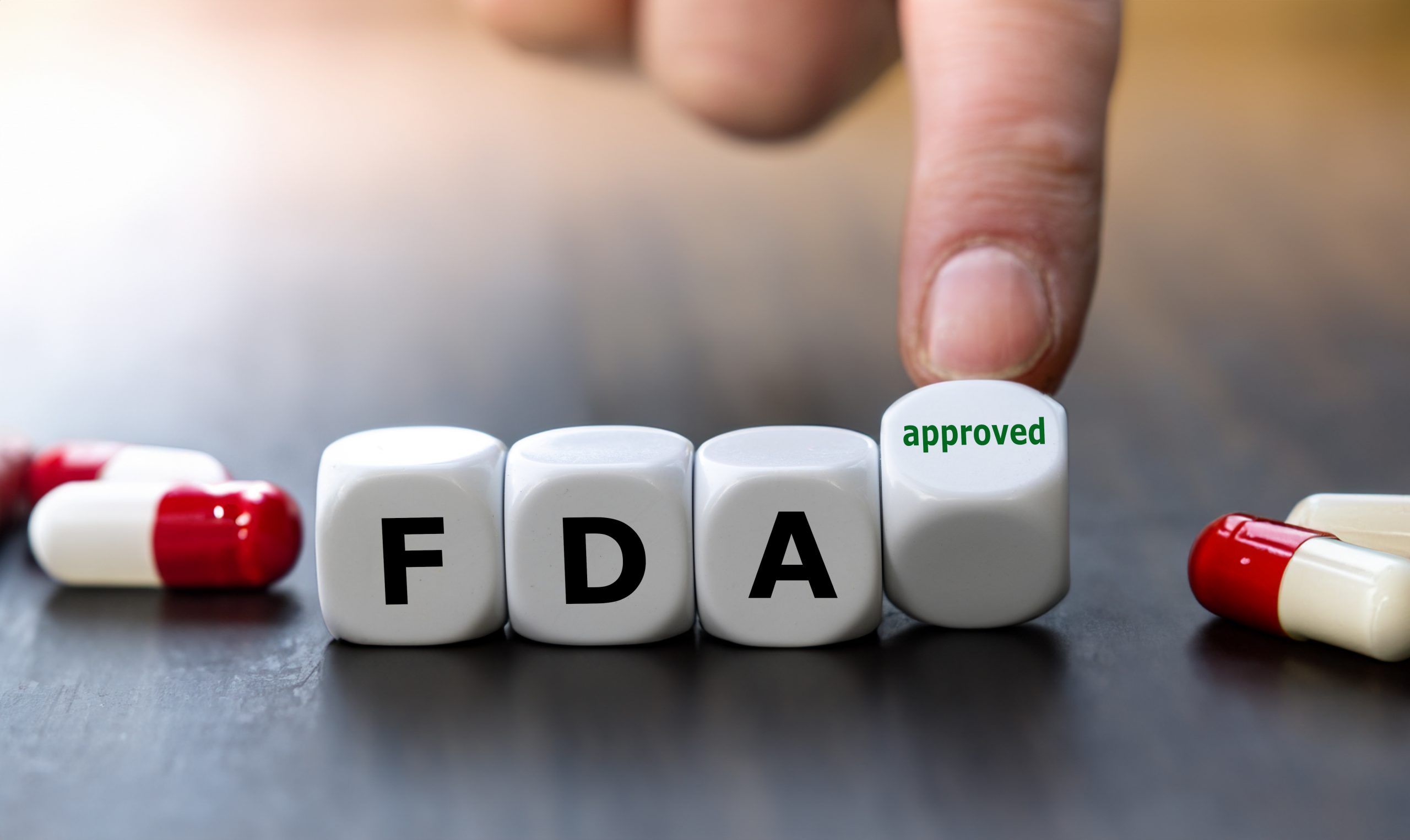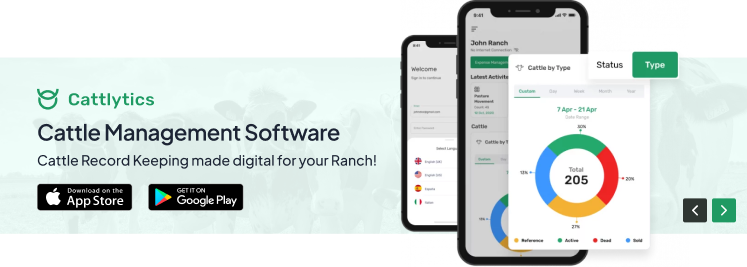Food safety is of utmost importance to any food and beverage company. The consequences of a lack of or improper practices can be severe, such as hefty fines or irreparable damage to your business’s reputation with consumers; in other words, You don’t want this! As each industry needs its own tailored approach towards compliance, due consideration is given to the risks they present themselves against in terms of established regulations; however, there are some best practices you might consider when designing more specific programs within these parameters.
In this blog, we will look in detail at food safety regulations and compliance and learn some strategies that food businesses can use to ensure the food they manufacture is of high quality.
What is Food Safety Compliance?
Food safety is an often overlooked but important aspect in today’s world. It encompasses all the tactics used to prevent food supply contamination, which includes procedures and regulations as well as robust approaches because there are many links within a facility’s supply chain or even between different facilities that produce meals for each other’s customers (e). For instance, preparation time has preventive measures put into place, so nothing wrong can happen when handling/storage happens.
The need for food safety compliance is so critical that it’s typically baked into the very fabric of our society. Companies have their internal programs, but these are overseen by government agencies like the FDA and USDA, who ensure companies are in line with what they require; many process manufacturers also turn towards software solutions when designing theirs since there can be such different needs within a single facility.
What Are the Key Elements of Food Safety?
Food and safety regulations are essential components of the overall production process. Every aspect of the process impacts the quality of the food, including how food is handled, processed, and transported. To ensure food safety compliance in your business, you can use a widely known approach, HACCP (Hazard Analysis and Critical Control Points), or a comprehensive food Safety Plan.
HACCP Plan
The goal of an HACCP plan is to preventatively identify and address risks or hazards associated with foods, such as juice and seafood. The plan can be streamlined to be standardized across facilities while supporting software can be used by the food business to help control the possible risk factors, including microbiological chemicals and physical elements.
The following are the seven steps of the HACCP plan that promote ongoing food safety requirements:

Food Safety Plan
A food safety plan is a detailed strategy implemented by food companies, particularly those regulated under the FDA’s Food Safety Modernization Act (FSMA). The plan is made to ensure the safety of the products the business produces. It includes HACCP principles but incorporates additional preventive controls, monitoring procedures, and verification requirements to ensure compliance with regulations throughout food production.
The main steps of a food safety plan include the following:

Examples of Food Safety Compliance Requirements
Food safety and compliance includes the following requirements crucial for ensuring the safety and quality of food products:
Hygiene and Sanitation:
- Ensuring cleanliness of facilities, equipment, and utensils.
- Enforcing proper handwashing protocols for food handlers.
- Implementing effective cleaning and sanitization procedures.
Temperature Control:
- Maintaining appropriate storage temperatures for various food types.
- Regular monitoring and documentation of temperatures.
- Use of calibrated thermometers to ensure accuracy.
Food Handling Practices:
- Preventing cross-contamination between raw and cooked foods.
- Utilizing protective gear such as gloves and hairnets.
- Adhering to safe thawing and cooking methods.
Allergen Labeling and Management:
- Clearly labeling food products with allergens.
- Implementing procedures to prevent allergen cross-contamination.
- Providing staff training on allergen awareness.
Traceability and Recall:
- Establishing systems to trace food from farm to fork.
- Rapid identification and removal of unsafe products from the market.
- Maintenance of accurate records for effective recall procedures.
How to Manage Food Safety Compliance Requirements
Managing food safety and compliance requires several vital steps to ensure food products are safe to consume and comply with regulations. The following guidelines will help you manage food safety compliance requirements:
Determine Which Regulations Apply to You
The Food Safety Modernization Act requires companies that handle or sell food to register with regulatory bodies so that their products meet quality standards and are safe from potential harm. However, 10% of those surveyed were unsure whether their company fell under FSMA because it didn’t ask about specific types such as restaurants and retail stores – which means you could potentially lose out on vital information needed when complying!
For example, if your business sells soft-serve ice cream treats made using automated machines without any human help present during operation time.
Improve Records Management
Comprehensive record-keeping is the best way to ensure food safety and compliance with quality standards. Every critical piece of data from processes like task checklists, vendor approval forms, or pest control records must be documented so they can easily be accessed without any gaps when food audits and inquiries from government agencies such as the FDA are conducted.
Create Procedures and Train Accordingly
The food and beverage industry is one of the most dynamic but can be very regulated. Every company under FSMA must put its preventive controls in place to monitor compliance specifications for specific regulations set by FDA (or other countries). For instance, data on temperature readings should be tracked; strict procedures must be developed to prevent contamination from occurring, which will keep your operations as clean as possible!
Companies must have an organized system to provide a safe and quality food supply. They should also ensure that all employees are fully aware of their role within this structure by providing thorough training when it comes time to begin working with clients or customers.
Use Food Safety Software to Digitize Food Compliance
Food safety software offers a comprehensive solution tailored to various sectors within the food industry, including food service establishments, producers, processors, packers, and retailers. Its versatility allows for seamless integration into different operational setups, whether managing food storage and handling practices in restaurants or ensuring compliance with safety regulations in food production facilities. By effectively monitoring critical factors like temperature and storage conditions, the software helps to avoid contamination and foodborne infections.
Additional benefits of AI-powered software includes proactive decisions and continuous improvements to food safety protocols in real time. By digitizing compliance processes, businesses can streamline record-keeping, automate monitoring checks, and ensure allergen management and food traceability. The software offers a unified platform for monitoring and managing compliance tasks, whether tracking food storage in restaurants or monitoring safety regulations in production facilities.
Conclusion
This blog post has explored the critical components of food safety compliance, including HACCP and food safety plans. All in all, food safety is an essential yet often overlooked aspect of the food industry. Ensuring the safety of your products not only protects consumers from harm but safeguards your business’s reputation.
Prioritizing food safety compliance protects consumers and preserves the integrity and longevity of businesses within the food industry. By implementing strategies such as HACCP and food safety plans and adhering to regulatory standards, companies can show how much they are committed to delivering safe and high-quality food products.
FAQs
What is Food Compliance?
Food compliance refers to the set of procedures and guidelines that food businesses must follow to ensure that the food they manufacture doesn’t cause any foodborne illness.
What are the 5 Food Safety Measures?
According to WHO, five measures that lead to safer food include keeping clean, separating raw and cooked, cooking thoroughly, keeping food at safe temperatures, and using safe water and raw materials.
What does HACCP Mean in Food Safety?
Hazard Analysis & Critical Control Point (HACCP) is a part of the food safety management system. It includes procedures that the business needs to follow to ensure safer food production.
What is the Best Way to Ensure Food Safety at a Food Facility?
The food industry is a competitive one, and companies need to ensure safety not just for themselves but also for their consumers. It also ensures they won’t face hefty fines or irreparable damage if something goes wrong with your company’s reputation!
You can meet food safety and compliance requirements if you:
- Know which regulations apply to you.
- Create procedures and train staff accordingly.
- Improve record management.
What is the Essential Purpose of a Food Safety Program?
The Food Safety Program is a necessary component of how your business ensures the safety and quality control of all foods it produces, manufactures, or handles. This ‘live document” aims to promote proactive methods that help reduce potential risks from food-borne illnesses by identifying hazards before they can cause disease in people who consume them. These strategies include monitoring processes with high-risk factors and sanitizing equipment between uses (and even when not needed).







